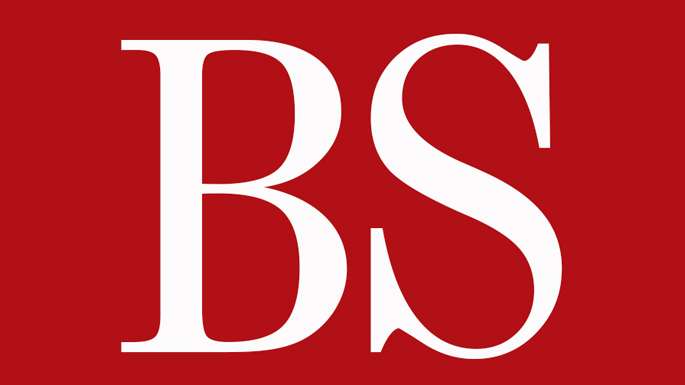[ad_1]
But how does a repo rate hike impact your home loan EMIs?
Every time the RBI makes a change in the repo rate, banks tell home buyers that the cost of borrowing will become higher/lower because of the upwards/downward change in the lending rate.
The repo rate is the interest rate at which the RBI lends to the banks. The term ‘repo’ is short for repurchasing option or repurchase agreement. Under the arrangement, scheduled commercial banks provide securities such as treasury bills or gold to the RBI for availing overnight credit in case of liquidity shortfall.
In case of high inflation, the RBI increases the repo rate to discourage banks from borrowing. This eventually reduces the liquidity in the economy, subsequently taming the high inflation. And when inflation falls, the repo rate is cut to prompt banks to borrow more credit, which ultimately increases the supply in the market, triggering investment activity.
When the RBI lowers the repo rate, the cost of borrowing for banks goes down. Banks are expected to pass on this benefit to the consumers. Conversely, home loan interest rates go up with the RBI making an upwards tweak in its lending rate. Apart from home loans, the rise in repo rate increases the rate of interest on all types of loans such as personal Loans, business Loans, car loans etc.
“Buyers who take out a house loan tied to repo rates or those who move from their existing home loans to it need to understand certain details about these loans. Transmissions are faster. Any adjustments to the repo rate will likely be reflected in your EMI outlay considerably more quickly. This also implies that your house loan EMI would rise if the banking authority modifies its benchmark lending rate,” said ClearTax.
Let’s say you have taken out a home loan of Rs 3,000,000 for tenure of 15 years. If your bank is offering an interest rate of 8.75%, you would be paying a monthly EMI of approximately Rs 29,983. Now, if the interest rate is reduced by 25bps, and if the bank passes on this benefit (in entirety) to you, the borrower, your monthly EMI amount comes down to Rs 29,542. While this may not seem like a huge reduction at face value, you could end up saving approximately Rs 80,000 throughout the tenure of the loan.
How EMIs have gotten more expensive
A 2.5 percent hike in repo rate implies that the equated monthly installments (EMIs) for borrowers have gone up by approximately 16 percent in case of a 15-year loan, 20 percent in case of a 20-year loan, and 26.5 percent in case of a 30-year loan.
“To minimise the increased interest burden, borrowers can prepay one extra EMI every year. They can also prepay 5-10 per cent of the loan every year if their income permits. Lastly, prepaying 5-10 per cent of the loan balance every year will also significantly bring down the overall repayment cost. If the interest is still on the higher side, you can opt for refinancing,” said Shetty.
One option is to choose a shorter tenure – For long term loans, though the EMI is less, the overall cost of the loan drastically increases because you are paying interest for a longer period of time. So, choose shorter tenures as the interest amount will get lower with time.
For example, if your regular EMI is Rs 50,000 but you voluntarily step it up to Rs 55,000, the additional Rs 5000 is adjusted against the loan principal. Shetty believes an EMI hike is an achievable hack that provides the same effect as the lump-sum pre-payment in reducing the loan tenure.
According to HDFC, one should opt for a fixed interest rate when:
-
You are comfortable with the EMI you are committing to pay. It should ideally not exceed 25-30% of your take-home monthly income. -
You perceive a scenario of rising interest rates in the future and hence, would like to lock in your home loan at the existing rate. -
If interest rates have come down recently and you are comfortable with the current level of interest rates, lock in at this rate with a fixed rate loan.
You should opt for a floating rate home loan in the following circumstances:
-
If you are expecting interest rates in general to fall over time, opting for a floating rate loan in such a scenario will result in the interest rate applicable to your loan falling too, thereby reducing the cost of your loan. -
Floating rate loans are suitable for those who are unsure about interest rate movements and would prefer to go with the market rates. -
If you are looking for some savings on your interest cost in the near term, floating rate loans are usually set at a marginally lower rate than fixed rate loans thereby giving you some benefit in terms of cost of your loan.
How have the rate hikes impacted the housing market so far?
“In terms of real estate, the implication of the rate hike on home loan demand has been minimal so far. Residential demand has remained upbeat indicating strong consumer preference towards home ownership despite high interest rate and inflation over the last one year. However, with economic growth facing headwinds from global slowdown, and the full impact of the high interest rates yet to be seen, we remain cautious of the impact on housing market,” said Shishir Baijal, Chairman and Managing Director, Knight Frank India.
[ad_2]
Source link



